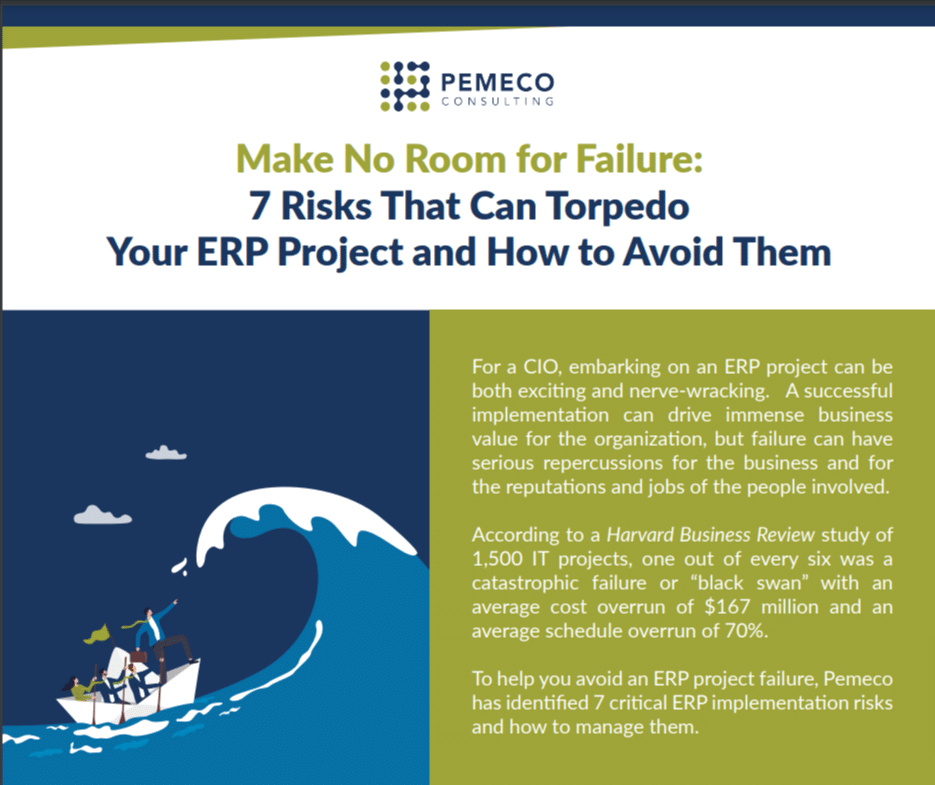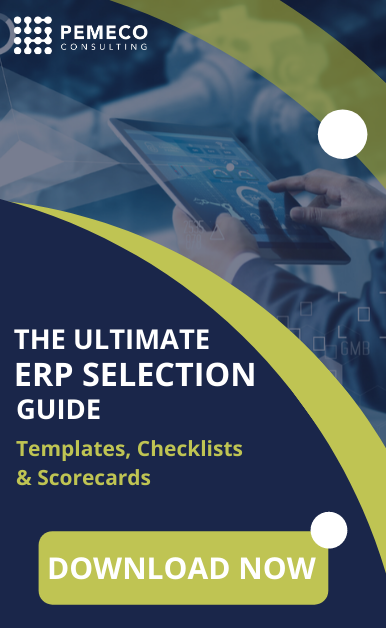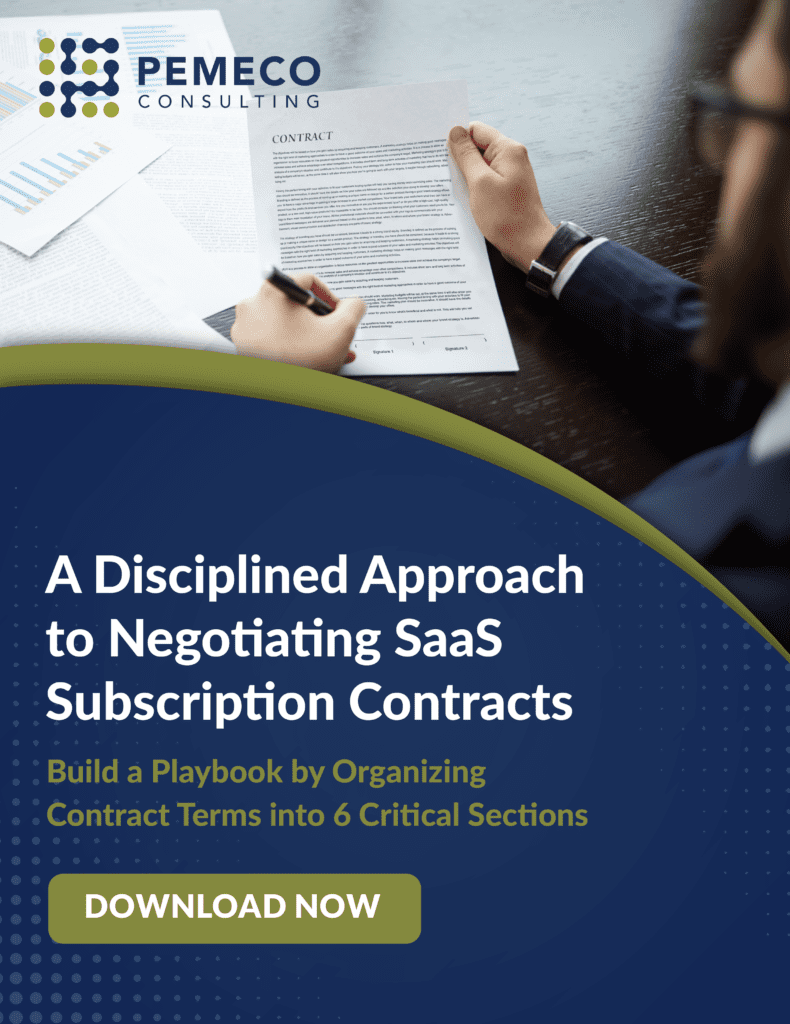ERP Implementation Tip #22: Four Components of a Data Migration Plan
Before getting into the plan, I want to highlight one of our reader’s comments. Jackson Oyaro noted that timing, testing and data location are all critical components of a migration strategy. We agree. From the timing perspective, the migration of both static and dynamic data should proceed according to a planned schedule. Testing is also critical. Poorly migrated data is a key cause of implementation failure (for example, read last week’s post to learn about the consequences suffered by Westjet). Finally, in terms of data location, we believe that nothing should be left to chance. All IT application files and their sources should be charted in advance.
For our clients, each of these components – timing, testing and data location – are included in a detailed data migration plan. In our experience, any such plan should include these four components
Component 1 -Testing and Quality Control
In this section, the company plans the various data testing and quality control IT environments. In general, an IT testing environment is represented by an instance of the company in which certain data, settings and programs are tested. Using our “Milestone Deliverables” ERP Implementation methodology, we generally plan for six different instances of the company. These different environments are: virgin, sandbox, development, quality assurance, migration and production. Each instance of the company is used for different testing and quality control purposes. For example, in the development company, the team would develop whatever software patches and customizations may be necessary. When development is complete, the developed programs are moved to the QA environment for testing with actual data.Component 2- General Migration Strategies
In this section, the implementation team should set out the various strategies for locating, cleansing, migrating and maintaining correctness of data. (In last week’s post, we discussed some of the methods for cleansing and migrating data). The team should spell out the methods that it intends to use.Component 3 – Static and Dynamic Data Strategies
In this section, the team should set out a table that contains the key migration information for each category of migrate-able data. Among other things, we generally track the following for each data source: the relevant table, the original data source, the type of data (static or dynamic), the cleansing method, the migration method and the “maintaining correctness” method.Component 4 – Timing
Planning an appropriate data migration schedule is critical and should be based on a consideration of: 1) the burden on the implementation team, and 2) the validity of the data. Based upon these considerations, the implementation team should prioritize the data for scheduled migration. For our clients, we generally prioritize the following data categories from earliest to latest migration: static data, long-term dynamic data and short-term dynamic data. With the completion of the data migration plan, the implementation team is ready to migrate the data. Migration of static and long-term dynamic data should generally start early on in the implementation project. Migration of short-term dynamic data should take place closer to cutover. In next week’s tip, we discuss the planning of customizations, interfaces and special projects. In this phase, the team charts out how it intends to integrate functionality that is either not standard or not provided by the new IT system. Remember: if you have any questions about data migration in particular or on your ERP implementation project in general, feel free to contact our ERP experts. We’re happy to help. Good luck with your ERP implementation projects!Your POV
- If your data migration didn’t follow a plan, how come?
- How is your testing and quality control strategy different from ours?
- What was the biggest impediment to successfully executing your data migration strategy?
- Are there elements of a migration strategy that you would recommend?
Want to avoid ERP implementation failure?
Download The CIO’s Guide to Preventing ERP Implementation Failure.







